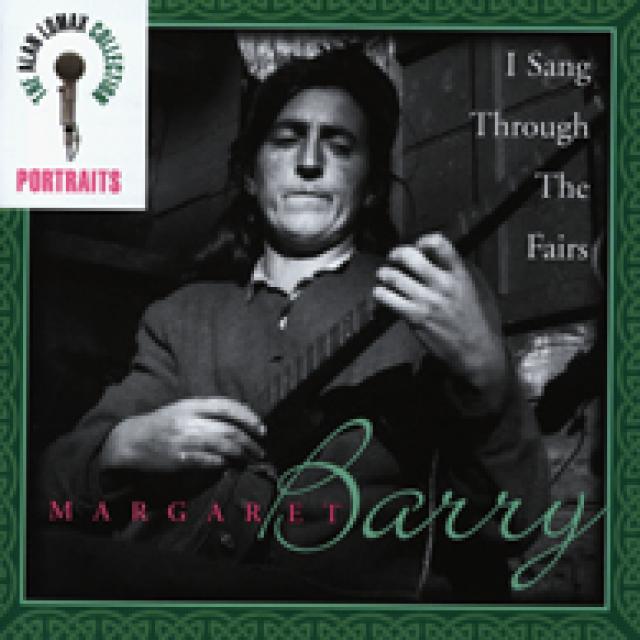
|
Margaret Barry: I Sang Through the Fairs
Recorded in 1953 by Alan Lomax and Peter Kennedy
Notes by Matthew Barton
The keening voice and rattling banjo of Irish street singer Margaret Barry were mainstays of the traditional music scene in England and Ireland from the 1950s until her death in 1989. She was born in Cork, in 1917, into a family of Travelers and street musicians. Her grandfather had been a prize-winning uilleann piper, and Margaret taught herself to play banjo and fiddle. After her mother’s death, Margaret took off and began singing in the streets, at fairs, and at football matches, “sociables,” and private homes. She recounts these experiences on this album, where in intimate performances and interviews, she reveals the depth of her art, passion, and vulnerability.
“Without a doubt a wonderful, very important record.” —Musical Traditions
|
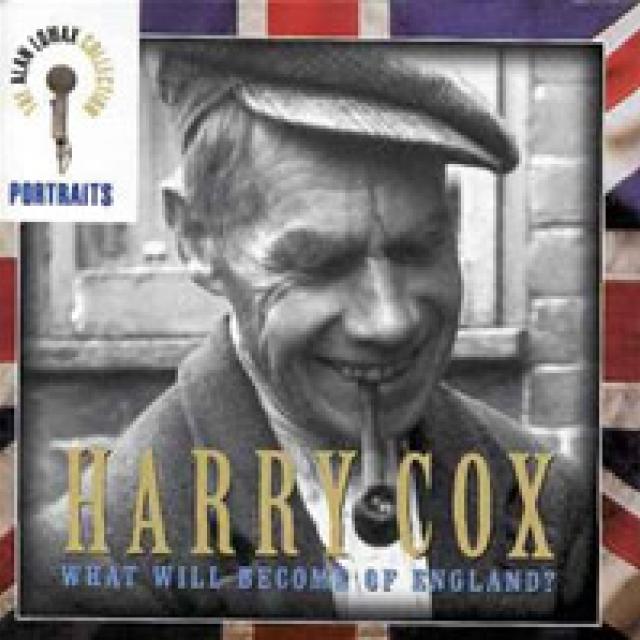
|
Harry Cox: What Will Become of England?
Recorded in 1953 by Alan Lomax and Peter Kennedy
Notes by Peter Kennedy
Harry Cox (1885–1970) is known as one of the most important traditional English singers to have ever been documented. His songs were first transcribed and published by Norfolk composer Ernest John Moeran in 1921. Harry Cox grew up on the damp and impoverished Norfolk fens and learned to sing and play the melodeon around the fireside “to cheer ourselves up,” and with his father at the pub. He became a prolific bearer and interpreter of England’s country folk song tradition. Here is a selection of his songs, fiddle and squeezebox tunes, and reminiscences about turn-of-the-century farming, fishing, and family life in rural England.
“Essential listening for serious fans of traditional song.” —Musical Traditions
|
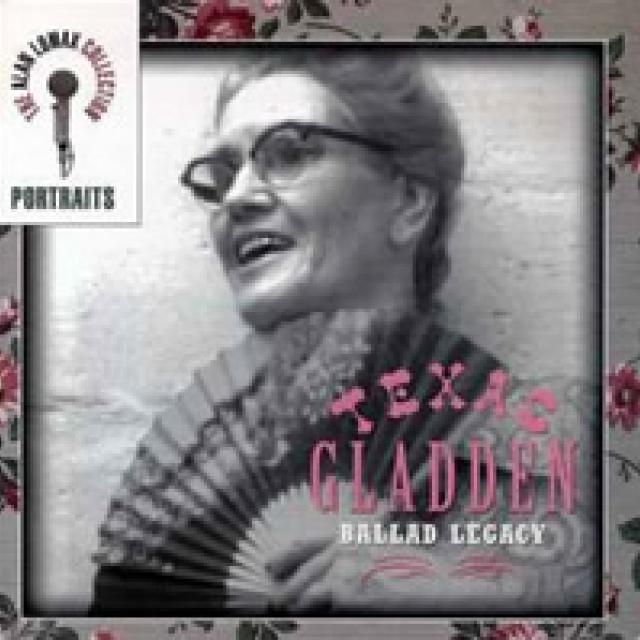
|
Texas Gladden: Ballad Legacy
Recorded 1941–1959 by Alan Lomax and Moses Asch
Notes by John Cohen
Alan Lomax considered Texas Gladden (1895–1967) of Saltville, Virginia, to be “one of the best American ballad singers ever recorded.” With a repertoire of hundreds of songs learned from family, friends, neighbors, and the radio in Virginia’s rural Smyth County, Gladden recorded for Lomax hours of stories, ballads, lullabies, and recollections during the three occasions on which they met. Texas was not only a unique singer who “had a knack of putting in little grace notes” into her performances — she was a song collector in her own right and cultivated a sensitive artistic temperament that, as she remarked to Lomax, gave her “mental pictures” of every character of whom she sung, be it a servant girl or a Queen of England. This is the first album devoted exclusively to her singing, and includes biographical interviews and four rare performances on which she is accompanied by her brother, Hobart Smith.
“During her life she never achieved the fame that she deserved…. I can think of no better memorial to her than this essential CD…. I have thoroughly enjoyed and been rewarded by the opportunity to listen many times to the singing of Texas Gladden and would thoroughly recommend this album to anyone.” —Musical Traditions
|
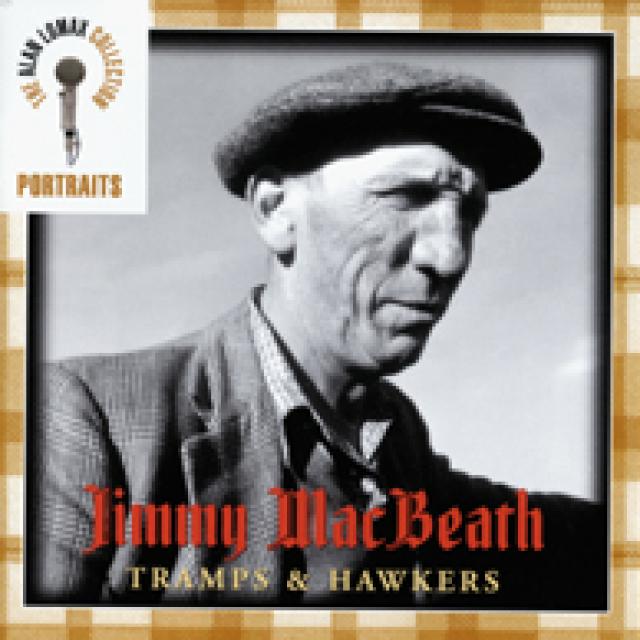
|
Jimmy MacBeath : Tramps & Hawkers
Recorded 1951–1953 by Alan Lomax
Notes by Ewan McVicar and Hamish Henderson
Jimmy MacBeath’s warm, husky voice made him one of Scotland’s most beloved traditional singers. This collection of songs, stories, and reminiscences draws from his varied life as soldier, farm laborer, and traveling singer in the British Isles, Europe, and Canada. Jimmy MacBeath was born in 1894 and died in 1972.
“The beauty of this album is not just in the fantastic clear voice of Jimmy MacBeath. It is the fact that we get re-introduced to old songs and we also get the stories that go with them. ‘Drumdelgie’ is a song about the reality of farm life — of the horses to be tended, winnowing, plowing, and carting . . . ‘Down by the Magdalene Green’ [tells] a sailor’s tale as he repents the folly of his treatment of a young girl: ‘Tae court a girl, then sail away, is neither calm nor clean, / And never do as I have done down by the Ma’dlin Green.’ This album is a must for anyone professing to have an interest in folk music, Scotland, or the plight of our fellow man.” —Nicky Rossiter, Rambles
|
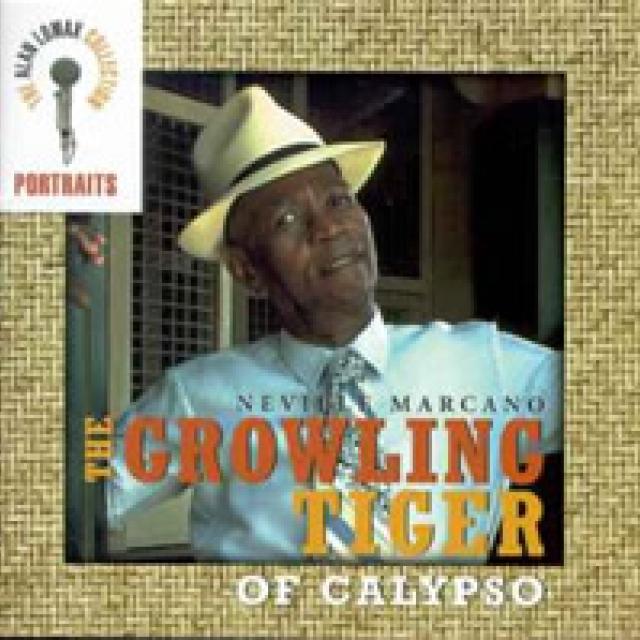
|
Neville Marcano: The Growling Tiger of Calypso
Recorded in 1962 by Alan Lomax
Notes by Matthew Barton and Steve Shapiro
The Growling Tiger (1915–1993) was one of the great artists of the 1930s golden age of calypso. He was first a boxer, but began performing calypso in tents in 1935 and caught on quickly, recording for Decca in New York that same year. A fearless social and political critic, Tiger was best known for his “Money is King” (on economic inequality) and “The Gold in Africa” (about the Italian invasion of Ethiopia). On this album, accompanied by a neighborhood-style string band in Trinidad in 1962, Tiger makes “war” on fellow calypsonians, singing the witty commentaries that made him famous, and gently satirizing love, global politics, economic colonization, and Trinidadian life.
“Without the slightest bit of reservation, I recommend this CD most highly.” —Folk & Acoustic Music Exchange
|
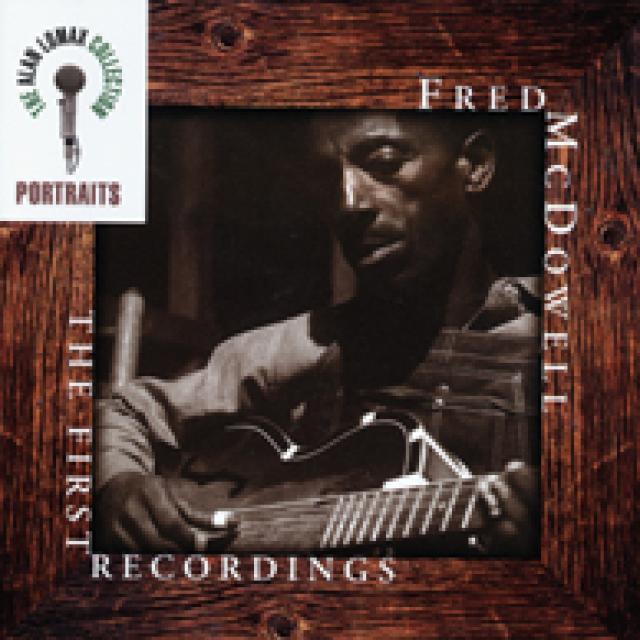
|
Fred McDowell: The First Recordings
Recorded in 1959 by Alan Lomax, assisted by Shirley Collins
Notes by Matthew Barton
Originally from Rossville (near Memphis), Tennessee, “Mississippi” Fred McDowell (1904-1972) started playing guitar at local dances the age of 14. Moving in the early 1940s to Como, Mississippi, he took up farm work and continued playing recreationally among the musical community of the hill country, lending his affecting singing and expert slide guitar work to both country dances and religious functions. When Alan Lomax met him in 1959, McDowell had never recorded, despite a virtuosity that would easily have put him in the company of such early commercially recorded country bluesmen as Bukka White or Furry Lewis. He soon became, however, a star of the 1960s and ‘70s folk revival, playing the Newport Folk Festival, touring Europe, recording several albums, and being covered by the Rolling Stones. These are his first recordings, recorded in stereo by Lomax at home in Como — joyful, sad, erotic, and haunting blues, many released here for the first time, including several that he never again recorded.
“The blues, speaking through Fred, sounded like a deep-voiced herald of the loi[ancestral spirits or demigods in Haiti], a silver-voiced, heavenly choir answering him from the treble strings…. Fred was surprised when I admired his music sufficiently to visit him for several evenings and record everything he knew. In true country fashion he kept telling me that he couldn’t play nearly as well as other men he knew. In my estimation he is simply a modest man, for in him the great tradition of the blues runs pure and deep, and no note in any one of his performances lacks a touch of gentle melancholy.” —Alan Lomax
|
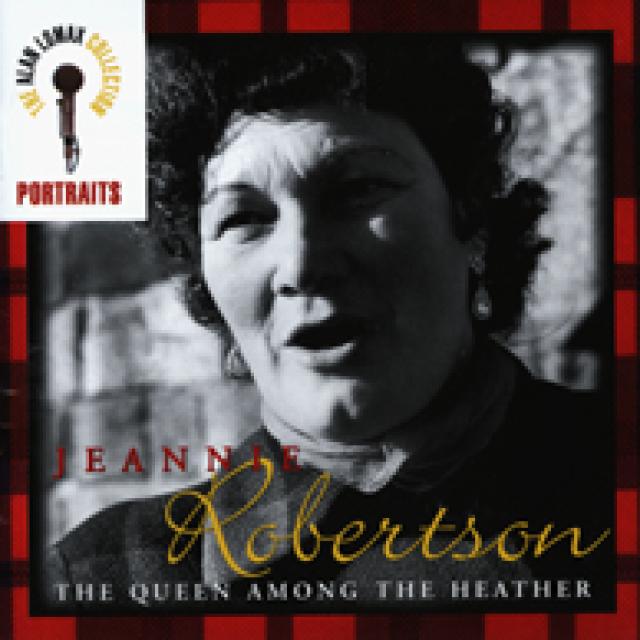
|
Jeannie Robertson: Queen Among the Heather
Recorded in 1953 by Alan Lomax Notes by Matthew Barton
Spell-binding balladeer of Scotland’s traveling clans, Jeannie Robertson was, according to Alan Lomax, “one of the elect — one of the angels of folk songs that have kept the tradition alive and burning across all time.” This recording documents her legendary 1953 sessions at Alan Lomax’s apartment in London that produced her earliest known recording of “The Battle of Harlow” and “Andrew Lammie.” It includes nine songs never before available commercially and interviews about her life. With a repertoire that encompassed classic ballads, and lyric songs from the tender to the risqué, Jeannie Robertson was one of the British folk revivals most beloved personalities. She was awarded an MBE in 1968. She died in 1975.
|
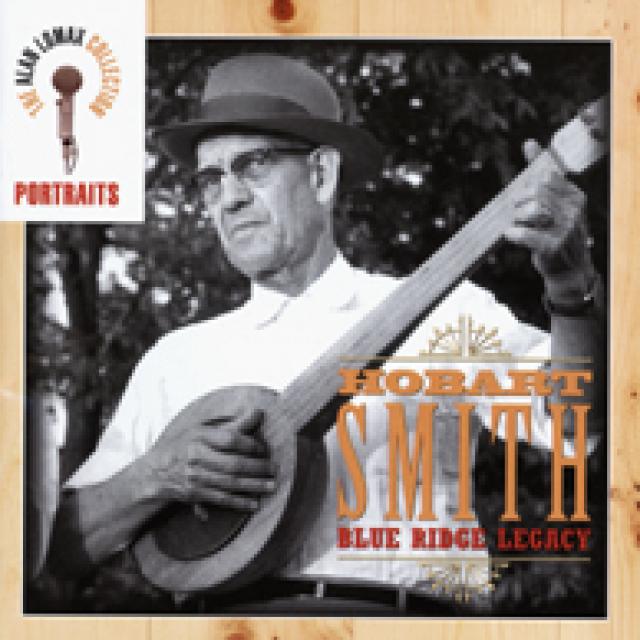
|
Hobart Smith: Blue Ridge Legacy
Recorded 1942–1963 by Alan Lomax, Moses Asch, Fleming Brown, Paul Clayton, Diane Hamilton, and Peter Siegel
Notes by John Cohen and Stephen Wade
Renaissance mountain man Hobart Smith (1897–1965) was born in rural Saltville, Virginia in 1897. Although he spent some years as a farmer, a house-painter, and a butcher, by 1946 he would tell Alan Lomax that (unlike many folk artists) he “practically made a living making music,” playing at land auctions, religious events, and square dances. On the minstrel-show circuit in the mid-teens and collaborating with Clarence “Tom” Ashley in the 1920s, this Appalachian virtuoso was many things — a profoundly moving vocalist, a guitarist, fiddler, banjo, harmonica and piano player; his performance style synthesizing both black and white Southern sources. When he recorded for Alan Lomax first in 1946 and then again in 1959, he exhibited his full repertoire — reflected in this collection — of ballads, blues, breakdowns, fiddle tunes, his own compositions, and a piano version of “Dixie” — the legacy of a musical giant whose influence on old-time music and the folk revival remains uncharted. Banjo tablature by Steven Wade is provided for two of Smith’s most memorable pieces, “Last Chance” and “The Cuckoo Bird.”
“Hobart Smith: Blue Ridge Legacy is as fine an album of old-timey music as we could ever expect.” —Musical Traditions
“If you are a fan of traditional, Appalachian or old-timey music and don’t already own this CD, what are you waiting for? If this music is alien to you, run out and get this disc anyway, and prepare for the best education in this musical style you might wish for.” —Rambles
|

|
Davie Stewart: Go On, Sing Another Song
Recorded in 1957 by Alan Lomax
Notes by Hamish Henderson and Ewan McVicar
Street musician and wandering troubadour Davie Stewart (1900–1972) came from a long line of Scots hawkers, and tinkers. His formal schooling ended at nine and by the age of ten he was on his own, busking, living in bothies, and learning songs wherever he went, a lifestyle he maintained to the end of his life. In World War II, while still a teenager he enlisted as a piper the Gordon regiment in France, and after the war he traveled in Scotland and Ireland, going from fairs to sporting events, with melodeon or sometimes a bagpipe, often in the company of his old friend, Jimmy MacBeath. “McPherson’s Rant” and “The Dowie Dens of Yarrow” were staples of his repertoire. Alan Lomax recorded Davie Stewart before he became a feature of folk festivals in the early 1960s. His dramatic, hard-surfaced vocal style and utterly singular accordion playing are captured memorably in this collection, which includes Davie’s reminiscences of hard times and good times as one of Scotland’s Traveling people, and even a lesson in their secret language.
“I can honestly say that I have never listened to an album that has given me more pleasure than this one, either just letting the sounds drift over me or trying to analyse carefully, it is amazingly rewarding listening.” —Musical Traditions
|
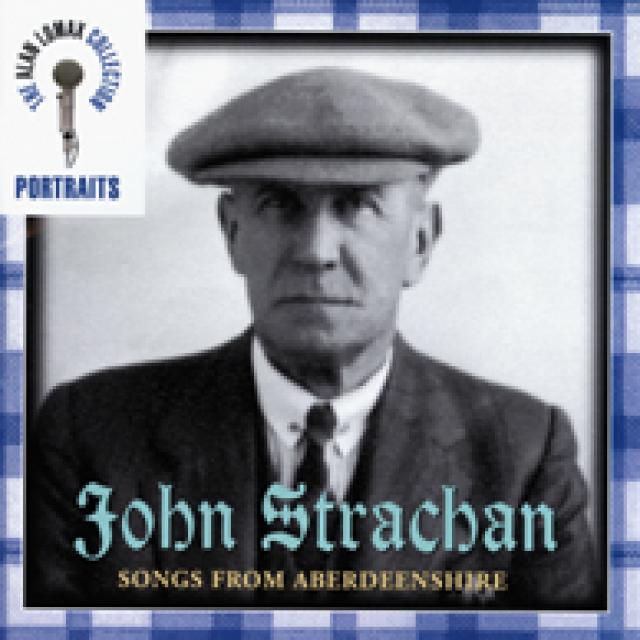
|
John Strachan: Songs from Aberdeenshire
Recorded in 1951 by Alan Lomax and Hamish Henderson
Notes by Hamish Henderson and Ewan McVicar
John Strachan (1875–1958) was one of Scotland’s greatest folk singers, with an extensive repertoire that “ran the full gamut from fine versions of classic ballads to bawdy Latin puirt-a-beul”(Hamish Henderson). His was a familiar voice on Aberdeen radio yet this is the first album devoted entirely to him. Somewhat paradoxically, since Strachan was himself a farm owner, not a laborer, his specialty was the bothy ballad, a genre depicting the vicissitudes of farm-servant’s life. This CD includes “The Hairst o Rettie,” “Harrowing Time” and the 13-minute “big ballad,” “Lang Johnnie More.”
“He sang . . . with the rant of the old-time singer of tales. His eyes sparkled, his face flushed with pleasure, his burry Scots voice romped through the verse as he swung his powerful arms in time to the beat of a ballad.” —Alan Lomax, quoted by Hamish Henderson
|










